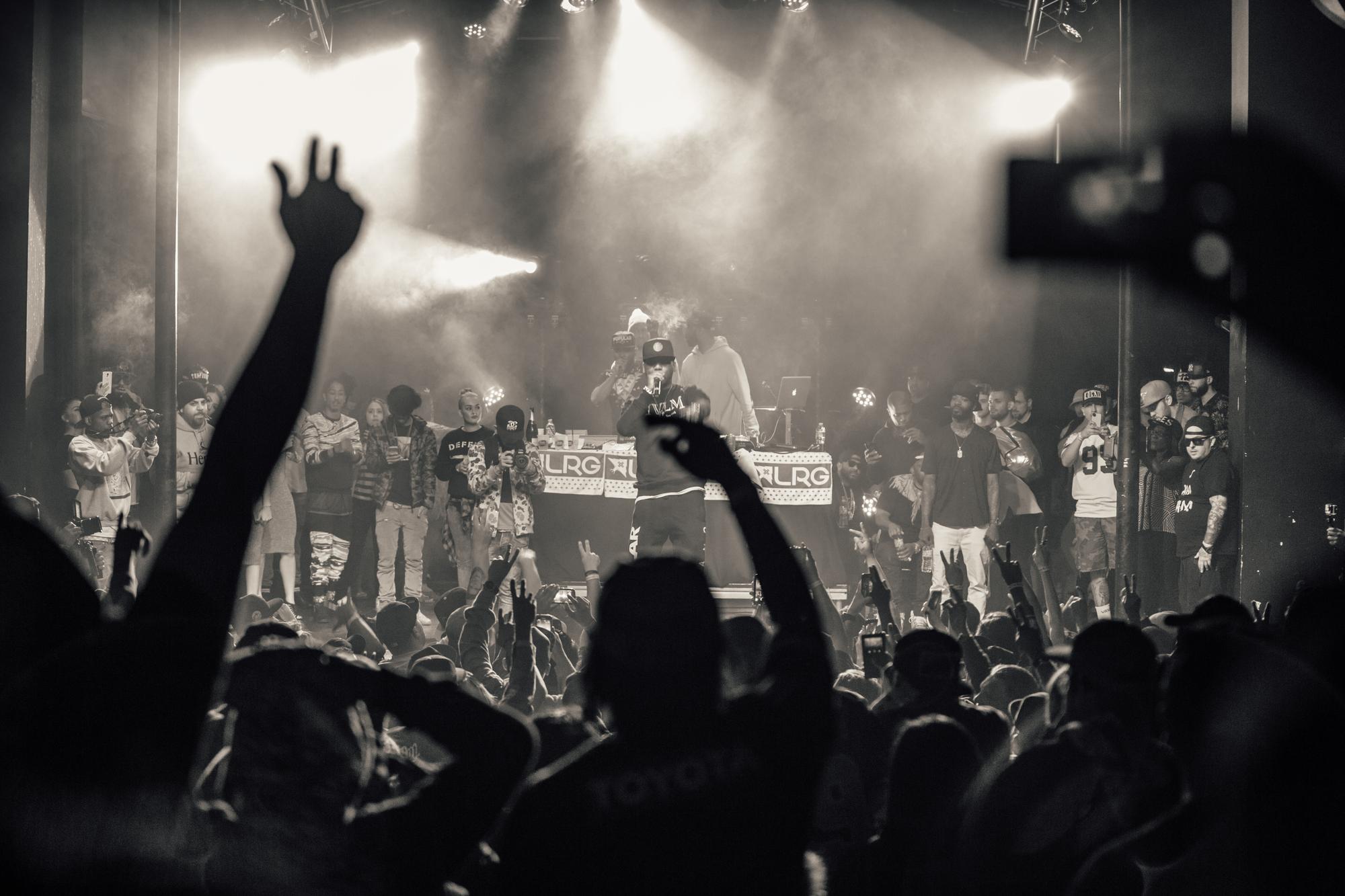Since its debut in 1997, XXL Magazine has served as one of hip-hop’s most influential cultural barometers. Known for its iconic Freshman Class covers, artist interviews, and fearless coverage of street culture, XXL has documented the genre’s rise from underground movement to global empire. Yet behind the beats and bars, another narrative runs parallel — the enduring relationship between hip-hop and cannabis.
A Shared Language of Rebellion
Hip-hop and cannabis both emerged from spaces of resistance. In the late 1980s and 1990s, as the War on Drugs criminalized communities of color, hip-hop became an outlet to challenge injustice and express authenticity. XXL’s coverage mirrored this reality. Early issues featured rappers like Snoop Dogg, Cypress Hill, and Method Man — all unapologetic advocates for marijuana when it was still largely taboo.
Through its pages, XXL amplified artists who used cannabis as both inspiration and symbol — a creative muse and a marker of defiance. The magazine’s tone reflected the street ethos of the era: unfiltered, bold, and unapologetically tied to cannabis culture.
From Stigma to Status Symbol
Over the decades, XXL’s editorial coverage evolved alongside legalization. What was once a risky lifestyle choice became a legitimate business venture. Artists like Wiz Khalifa, Berner, and Curren$y — all frequent XXL subjects — turned their cannabis reputations into successful brands. Khalifa’s Khalifa Kush and Berner’s Cookies empire transformed the image of the rapper-stoner from outlaw to entrepreneur.
XXL didn’t just report these transitions — it framed them as milestones in hip-hop’s broader cultural maturity. The magazine explored how cannabis shifted from being lyrical shorthand for rebellion to a global industry intersecting with fashion, wellness, and mainstream entertainment.
Influence Beyond Music
XXL’s influence extended beyond album reviews and mixtape lists. Its features often captured the aesthetics surrounding hip-hop and cannabis — from smoke-filled studio sessions to the fashion and slang that grew around the plant. Today, cannabis imagery is inseparable from hip-hop visuals: neon lights, rolling papers, and strains named after rappers.
In digital form, XXL continues to highlight this overlap. Coverage of artists like A$AP Rocky, Megan Thee Stallion, and Larry June often touches on lifestyle, authenticity, and brand identity — concepts that cannabis culture embodies. In many ways, cannabis has become shorthand for cool, just as hip-hop once was.
Normalization Through Narrative
XXL has also played a quiet but significant role in normalizing cannabis through consistent representation. By profiling artists who openly use or advocate for cannabis without moral judgment, the magazine helped shift public perception. Its stories humanize cannabis users, portraying them not as delinquents but as innovators and entrepreneurs.
That normalization extends into the current era of wellness and creativity. In XXL interviews, many artists credit cannabis for focus, inspiration, and relief from the pressures of fame. The conversation has matured — no longer just about getting high, but about healing, balance, and artistic clarity.
A Cultural Continuum
As both hip-hop and cannabis evolve, XXL Magazine remains a mirror of their shared journey — from counterculture to commerce, from rebellion to respectability. What began as two misunderstood movements have become defining pillars of modern culture. And through every era — from the G-funk haze of the ’90s to today’s designer strains — XXL continues to chronicle how the rhythm of hip-hop and the smoke of cannabis rise together in one enduring cultural story.

